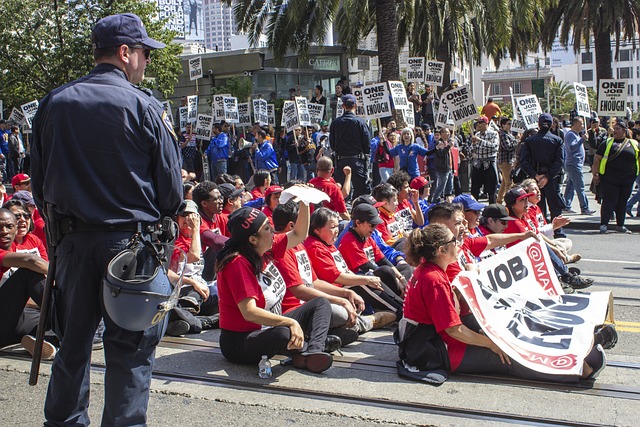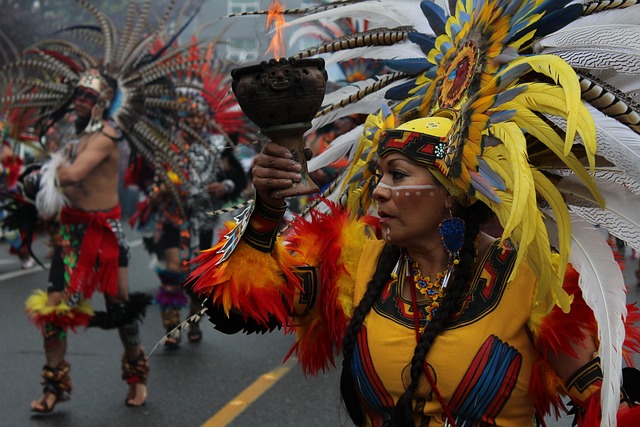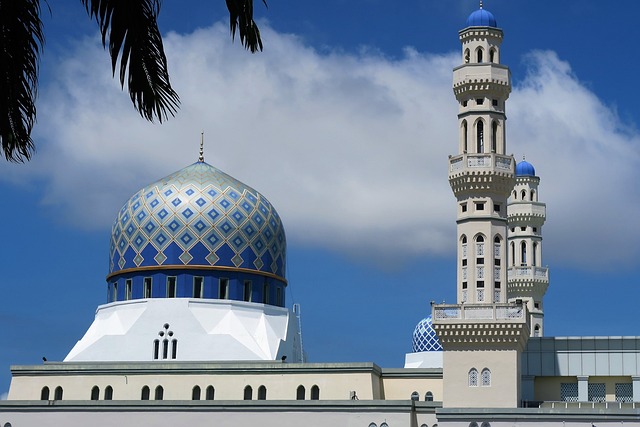Article Title:'No kings, no lords, no slaves': Ethnicity and religion among the Sereer-Safen of western Bawol, 1700-1914
Abstract:
The Sereer-Safen occupied a defensible refuge zone in Western Bawol, where forests and sandstone ridges provided protection against Wolof monarchy. The Safen were part of a larger 'Sereer' world that defined itself by opposition to Islam in the period from 1700 to 1914. This religious divide made the Sereer targets for enslavement by the Wolof, but Sereer religion was also linked to Safen resistance to Islam, slavery and monarchy. Religion was interwoven with an ethnic boundary, which emphasized the incompatibility of Wolof and Sereer society. Safen religion was centered on the village 'shrine' or xerem, which served as the focal point of ritual, justice, communication with the other world and defense.
Keywords: ethnicity; Senegal; religion; slave trade; decentralized societies
DOI: 10.1017/S0021853702008162
Source:JOURNAL OF AFRICAN HISTORY
Welcome to correct the error, please contact email: humanisticspider@gmail.com



